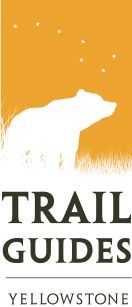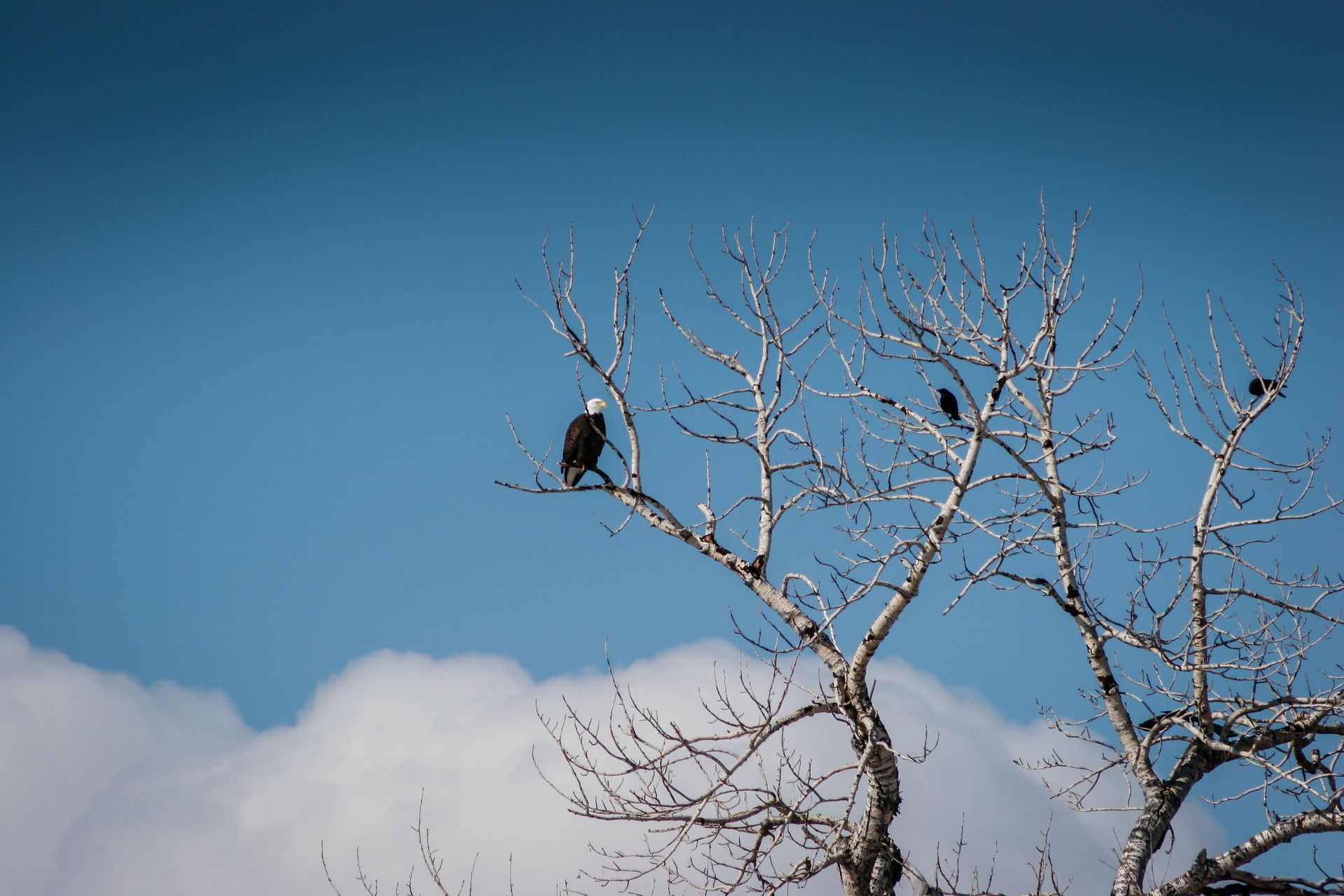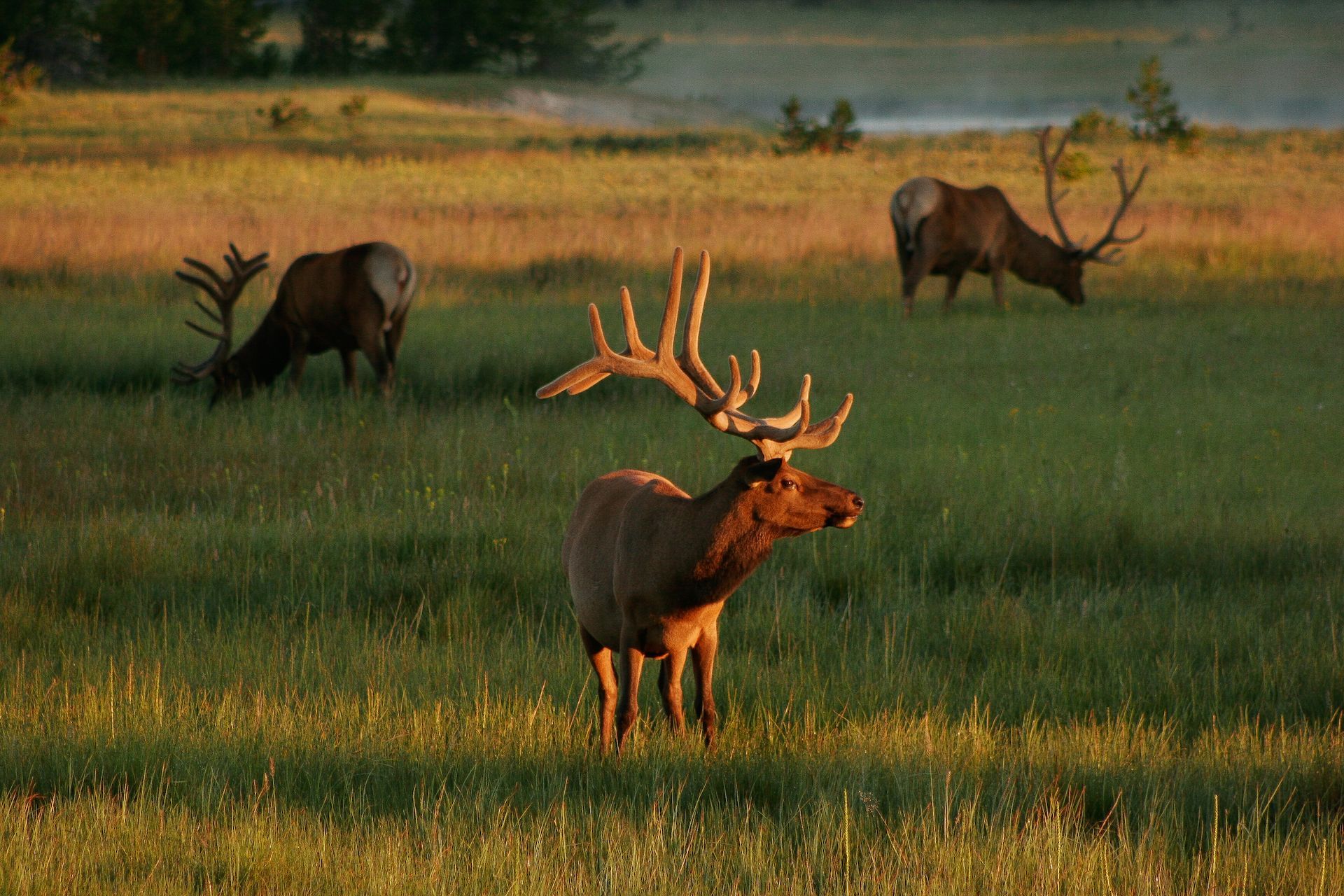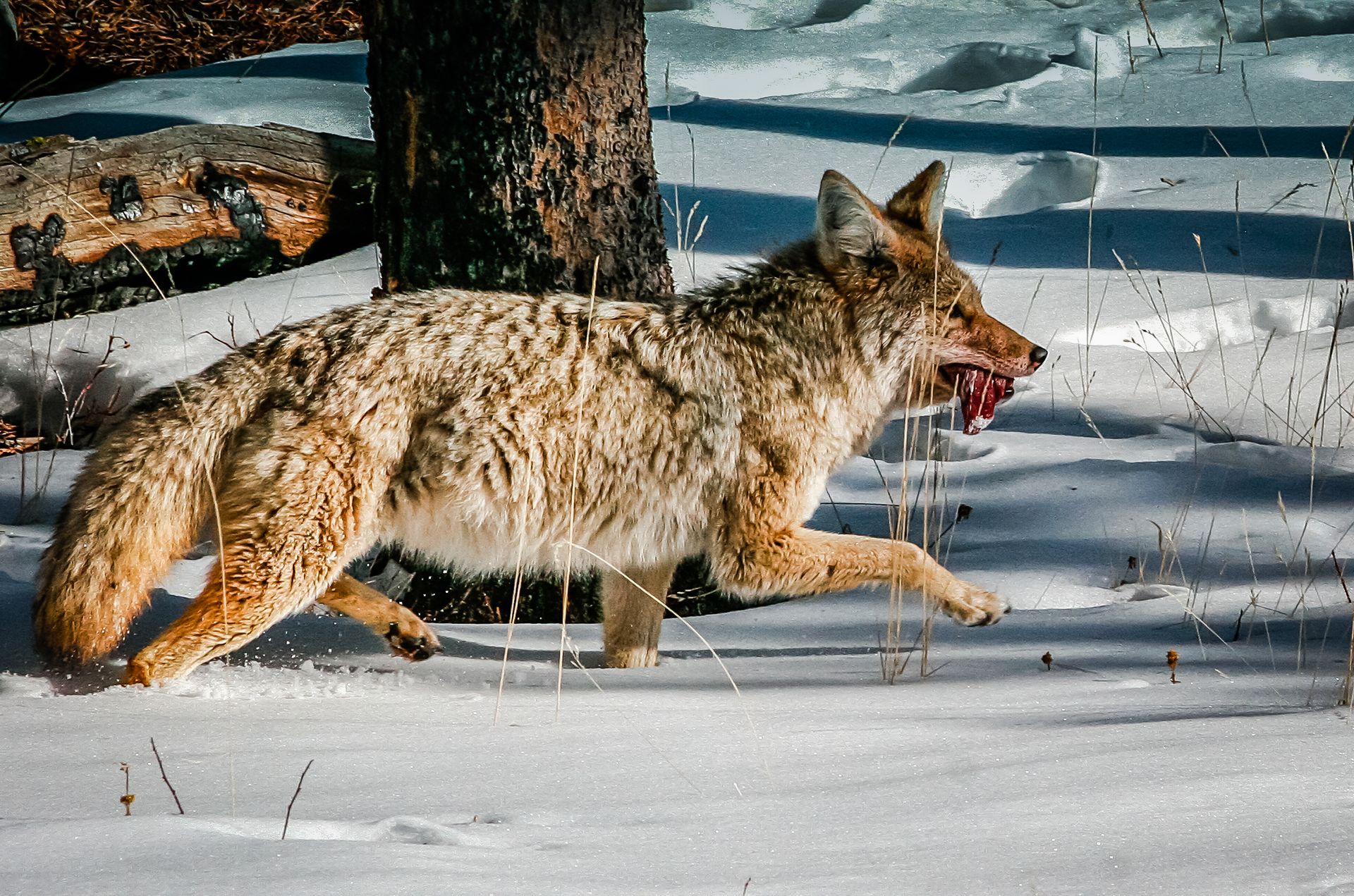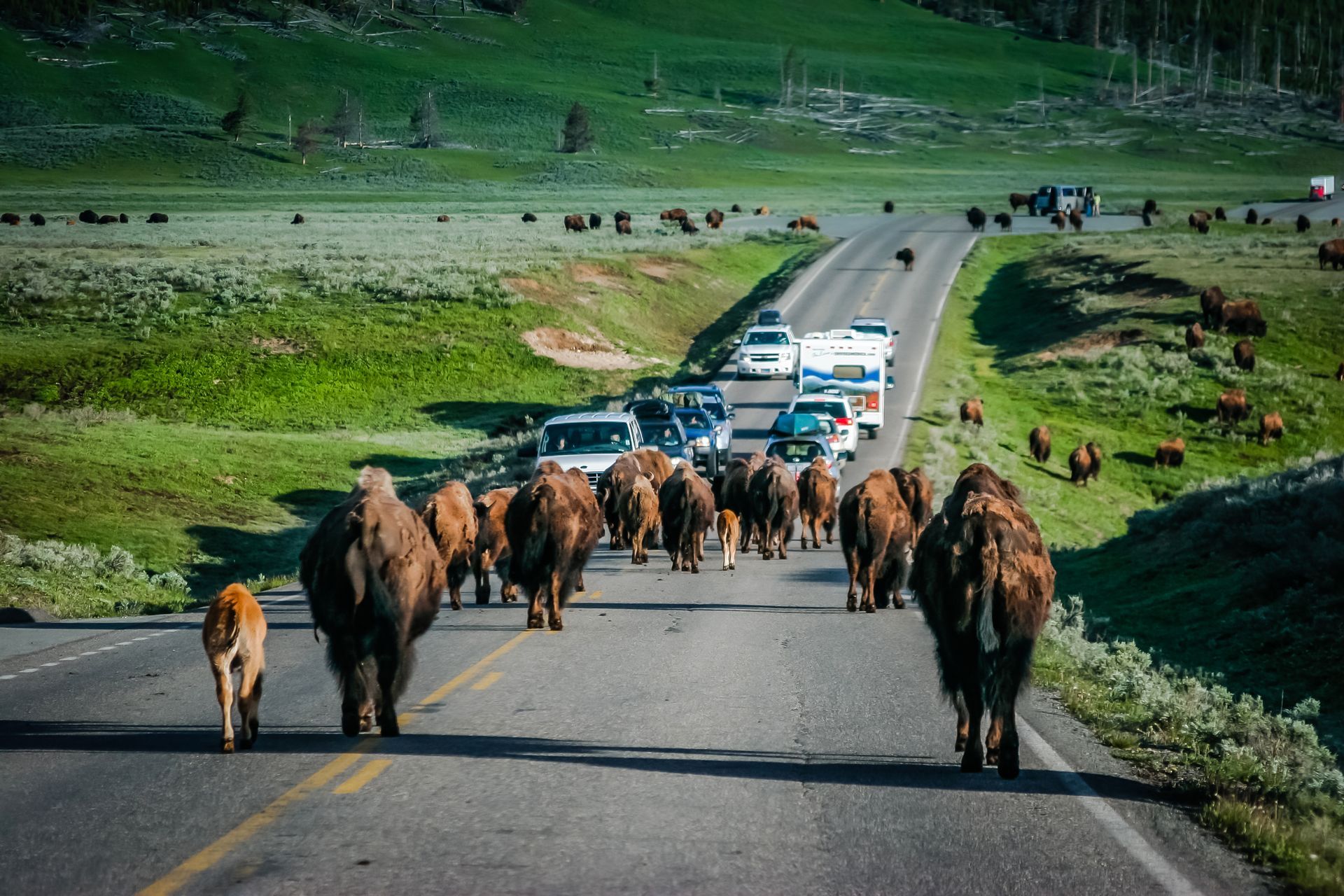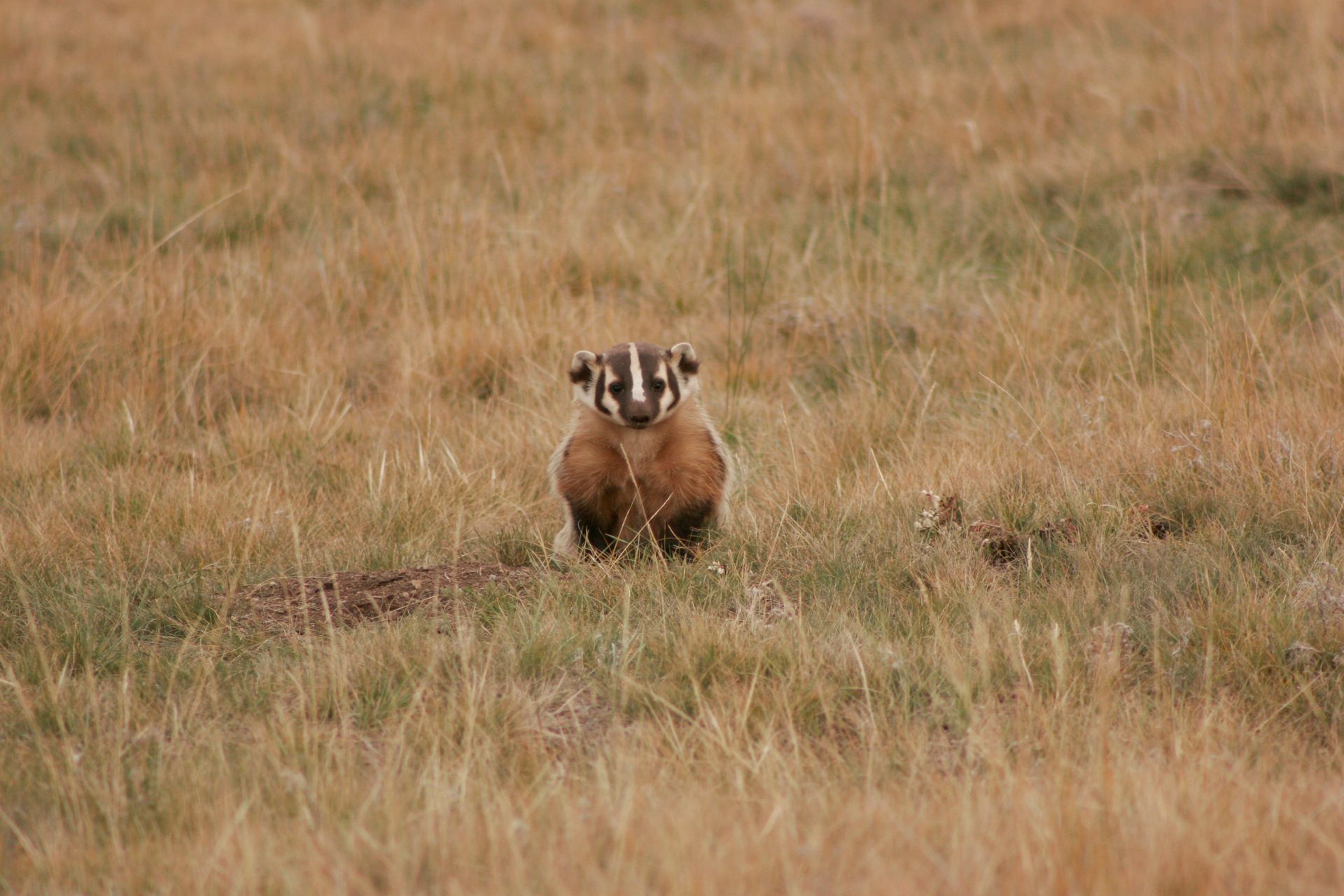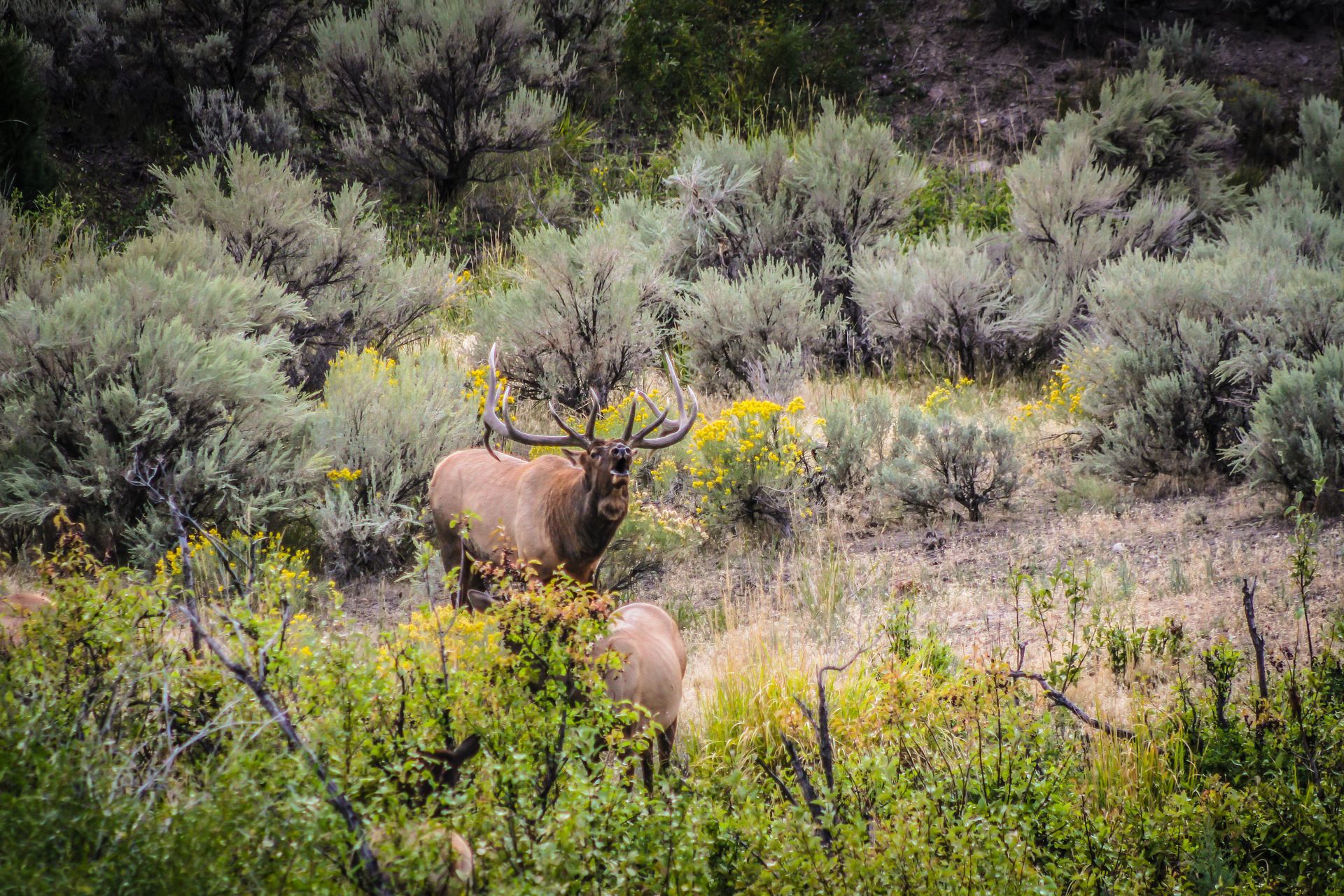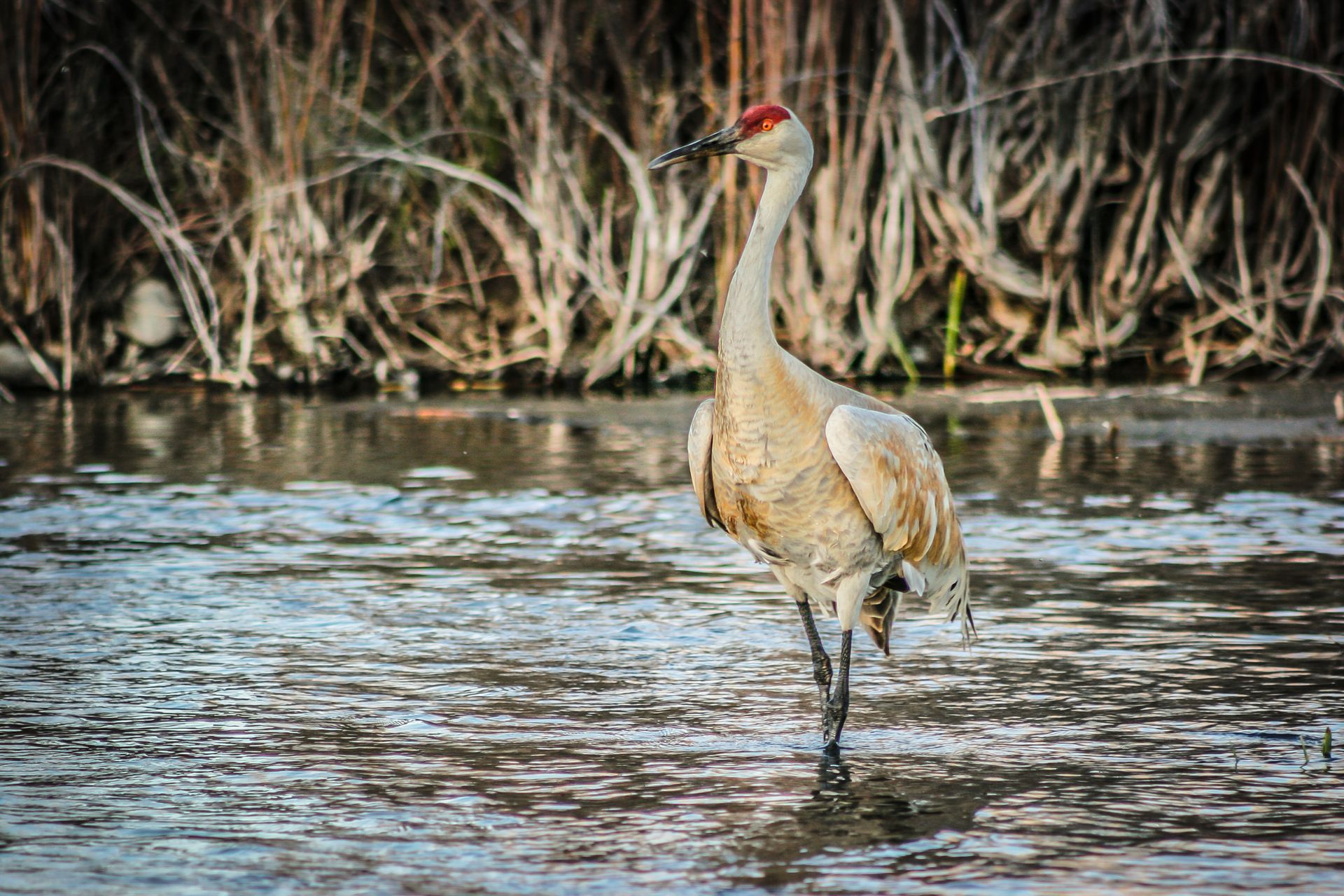Yellowstone Wildlife
How to Safely Enjoy the Wildlife
Enjoying Yellowstone's Wildlife
Visitors to Yellowstone usually don't have far to travel before experiencing the parks abundant wildlife. Many of the larger mammals like bison and elk can usually be seen from the roads in the Lamar Valley and the Hayden Valley and especially along the fourteen miles of road between West Yellowstone to Madison Junction. While the presence of some larger animals is much more evident, other species like wolves and grizzly bears can be harder to find. During the summer months you'll improve your chances of seeing wildlife if you arrive at your intended destination at dawn or dusk. Animals are generally much more active in the cooler hours of the day.
The areas listed on the map below are ideal locations to look for wildlife in Yellowstone. These places tend to be large open meadows or valleys where a variety of animals will congregate and access to food and water is most plentiful. Carry a pair of binoculars or use a spotting scope to get a closer look without disturbing their natural habitat. Remember, even though these animals may appear cute and cuddly they can attack without warning, especially if they feel threatened or are with their offspring. Keep your distance and obey the following park regulations.
- Do not feed wildlife. Feeding animals alters their natural behavior.
- Remain 100 yards from all bears especially those with cubs.
- Remain 25 yards from larger mammals like moose, bison, elk and deer.
- Avoid close encounters with animals and their newborn offspring.
- Do not chase or intentionally disturb animals.
During the winter months it's important to minimize your interaction and impact on wild animals. Yellowstone winters are extremely harsh and most animals are relying on their stored food reserves to survive. Finding food is difficult and they will burn unnecessary calories to escape any perceived threats. Keep your distance!
Here are a few tips for observing wildlife in the park. With a little patience and a little luck you may witness some very rare behaviors as these animals go about their daily lives — playing or even hunting.
Keep your distance and try to stay downwind if possible. Animals have a keen sense of smell and it's often their first defense against other predators.
Visit areas in the early morning or late evening when animals are most active. The Lamar Valley located in the northeast section of the park and the Hayden Valley south of Canyon are some of the best locations to see wildlife and in these places you may have a rare opportunity to see wolves and/ or grizzly bears.
Speak softly and limit your movements. If you're sitting in your car turn off the engine. If you are outdoors try to remain as still as possible. Bring a comfortable chair and blankets as well as extra clothing to keep warm. Even during the summer months the temperatures in Yellowstone can vary greatly and in the early morning hours it may be very cold.
Carry high-powered optics to help you see greater distances. That small brown spec on the horizon may be a grizzly bear or a bison and without the aid of binoculars or a spotting scope it will be impossible to tell them apart.
Bring a field guide to help you identify the different species of wildlife.
Popular Viewing Locations

Click any image below to open a slide show.

